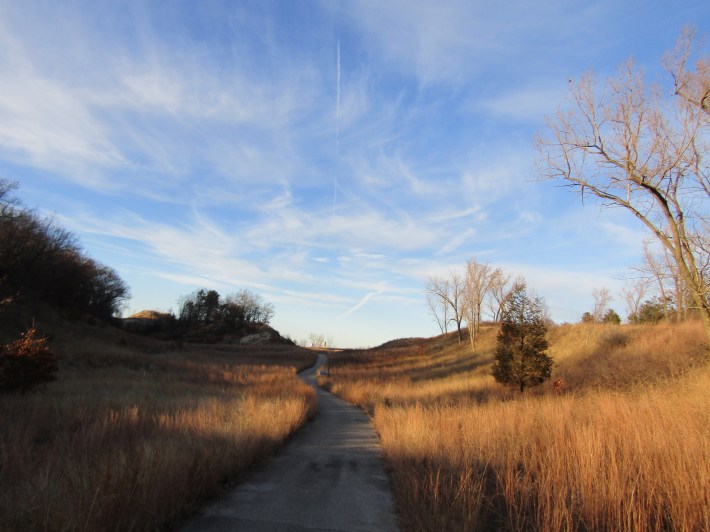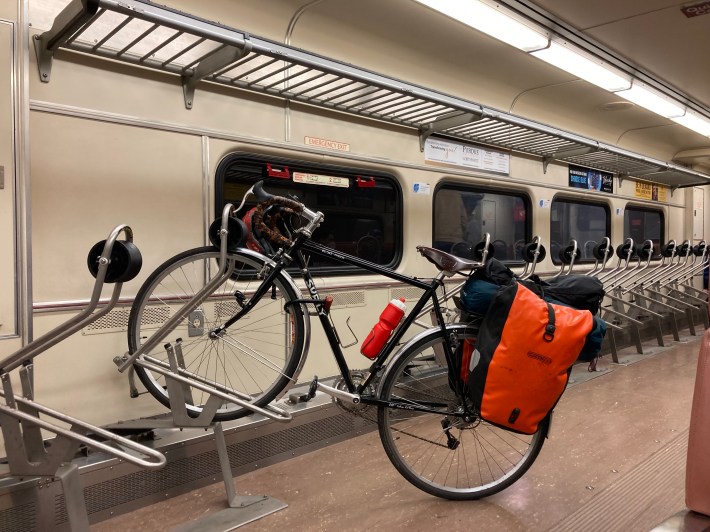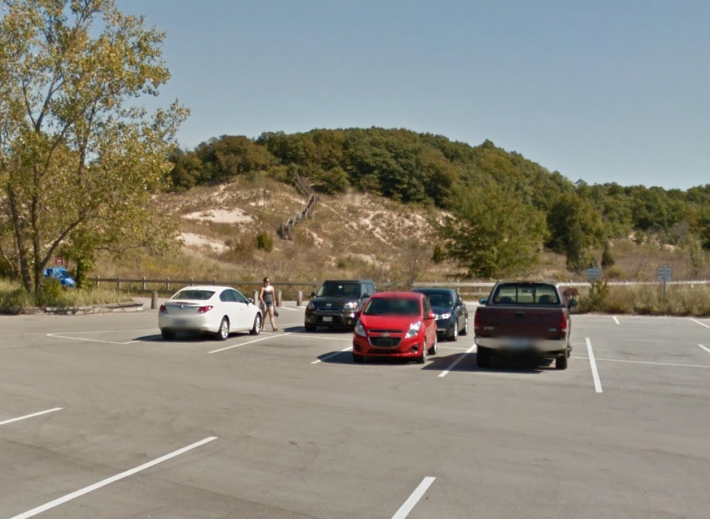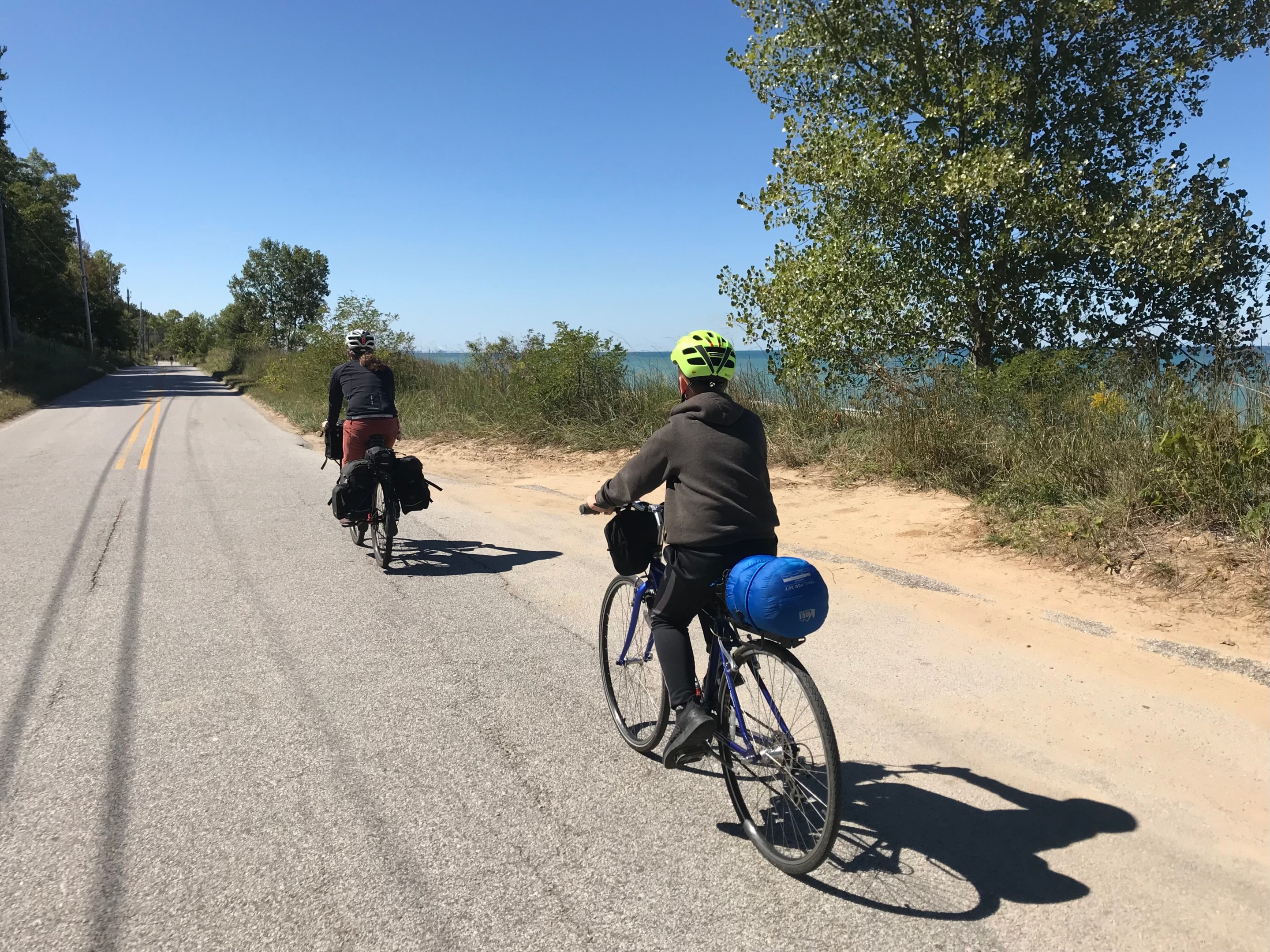Update 3/27/22: Summer Keown, interim managing director of Bicycle Indiana, told Streetsblog the advocacy group hasn't discussed this the new entrance fees as an organization yet but said, "We always support cycling and reducing barriers for cyclists and hope that this doesn't incentivize people who would otherwise have cycled to the park to drive cars instead."
This op-ed is partly based on research by Igor Studenkov.
Early this month Streetsblog Chicago reported on the new fee structure at the Chicago Botanic Gardens, which charges a $9.95 to $29.95 admission fee for people visiting on foot, transit, or bike – which was previously free – while simultaneously lowering the total cost of a visit for many people visiting by car by reducing the parking fee. "This decision runs counter to organization’s commitment to protecting the environment and its past advocacy for reducing carbon emissions," Active Transportation Alliance spokesperson KyleWhitehead noted.
New entrance fees for the Indiana Dunes National Park, which also has a stated goal of fighting climate change, are similarly problematic because often make people who come to park on foot, bike, or transit pay as much as those who drive there, and there's generally no additional parking fee.

The National Park Service says the fees are a response to an increase in visitors to IDNP, from 1.75 million people in 2018, to more than three million last year, a bump that can be partly attributed to its designation changing from a national lakeshore to a national park. Another likely factor was the COVID-19 pandemic, which made people turn to outdoor activities as a safe recreation option, and many Illinoisans came to the dunes when Illinois state parks were closed. Northwest Indiana tourism officials expect another boost in attendance once the South Shore Line double-tracking project is completed.
Indiana Dunes National Park is a fairly easy place to get to without a car, since it's a short walk from several commuter railroad stations, and there's network of off-street paths that make it possible to get there from Chicago almost entirely on trails. It was previously free for anyone to enter the national park regardless of their mode (except during summer at popular West Beach which has a large parking where parking cost $6.) In contrast, the neighboring Indiana Dunes State Park charges a $7 parking fee for Indiana residents and $12 for out-of-staters, but no entry fee.

The National Park Service announced the proposed fees in August 11, 2021, and the fees were approved on January 24.The park will start charging the fees next Thursday, March 31. Read a full explanation of the fee structure here.
People walking or biking solo into the park will now have to pay $15. That's a major deterrent to a car-free visit, especially when you consider that a roundtrip South Shore ticket to the Beverly Shores station is normally $20. It nearly doubles the cost of a day trip.
Granted, solo car drivers will be charged $25 for a seven day vehicle pass, but the cost of driving into the national park should reflect the wear-and-tear automobiles put on park roads and parking lots, not to mention their impact on the environment.
Moreover, if two people arrive by car, they're still charged only $25, whereas two people who arrive together on foot or bike also pay $25 (the maximum amount for a group of people walking or biking in.) In effect, unlike at the state park, the motorists are given free car parking.

Or let's say four adults arrive in the same car. Their entry cost is only $6.25 a person, whereas two people arriving together on foot or bike pay $12.50 each. There's almost no financial incentive to leave your car at home.
The National Park Service says the new fees will pay for visitor services, deferred maintenance, and new projects like the Marquette Greenway Bike Trail. But frustratingly some of the money that South Shore riders and bicyclists pay could go to proposed car parking projects, including grading the Heron Rookery parking lot; repaving the Porter Beach South parking lot and replacing its fence; and installing lights at the Porter Beach north parking lot, according to a NWI.com report.
Fees can be paid at the Indiana Dunes Visitor Center, the Paul H. Douglas Center, the West Beach Entrance Station (seasonally) and online at Recreation.gov. Indiana Dunes spokesperson Bruce Row said that the National Park Service is hiring more park rangers, who will, along other things, be stopping people to check for proof of payment. “We have also hired several fee collectors who will not only do collections duties, but will also rove through the parking lots to increase compliance by educating visitors about the new park fee,” he added.

People who pass through the national park on bike trails won’t be charged, but if you stop in the park to hike a trail, hang out at the beach, picnic at a shelter, or use other facilities, you will be expected to pay.
Rowe said that non-drivers would need to show a digital copy of the proof of payment on their smartphone to any ranger of fee collector who stops them for a compliance check.
While it's understandable that the national park wants to raise more revenue, the fair way to do that would be by following the state park's example by charging a car parking fee, while keeping access free for those who help fight climate change by not driving there.
"Scientists around the world agree on an indisputable truth; humans have and continue to significantly disrupt our planet’s climate," states the Indiana Dunes National Park's website. "The National Park Service has declared this unprecedented change in climate as the single greatest threat ever made to our parks."
As such, it makes no sense to charge two people who arrive by foot, bike, or train twice as much per person as four people who show up in a greenhouse gas-emitting car.





